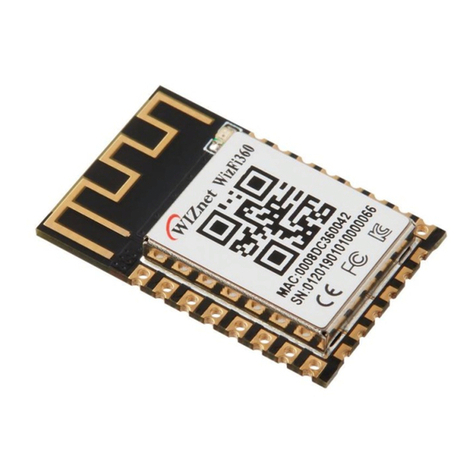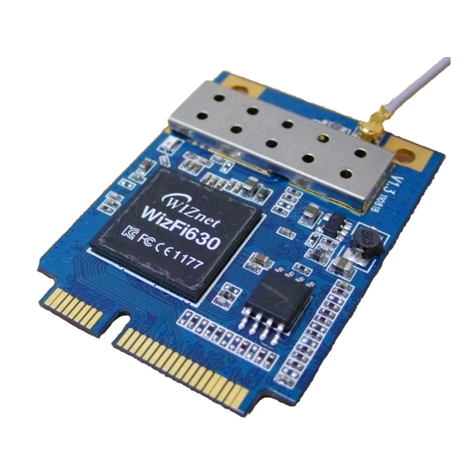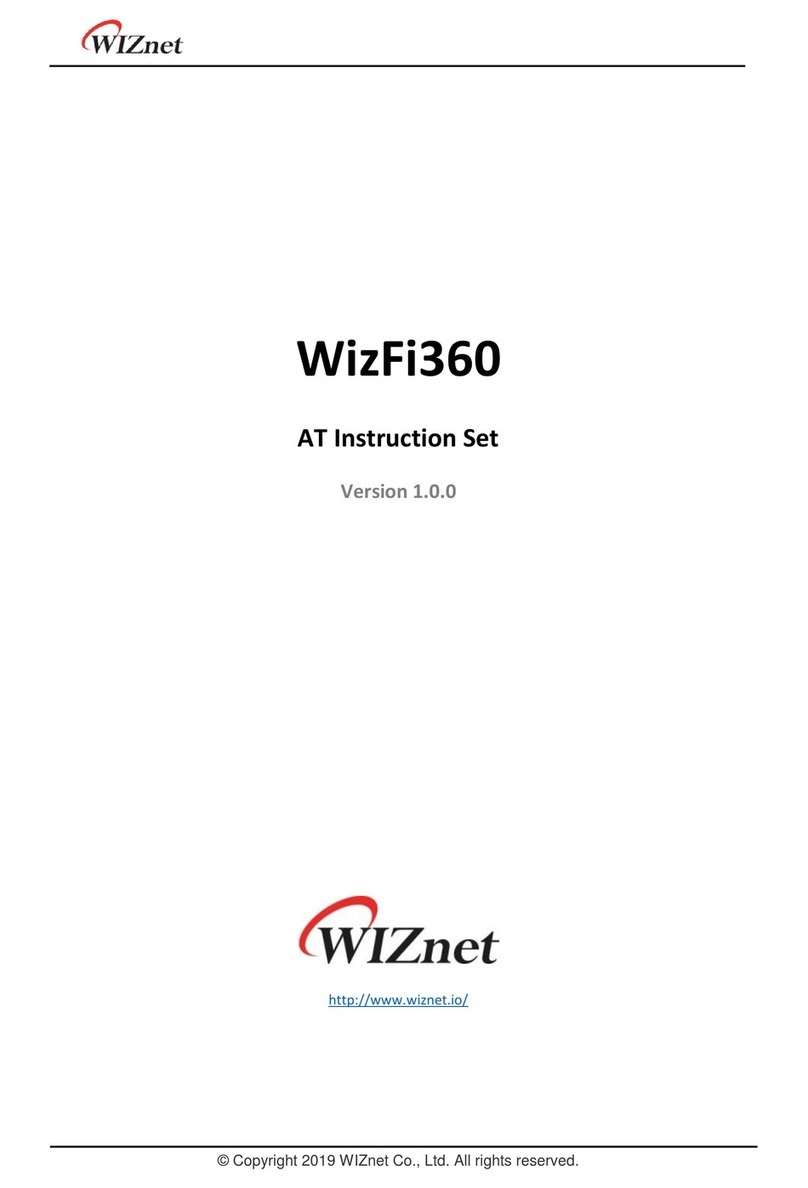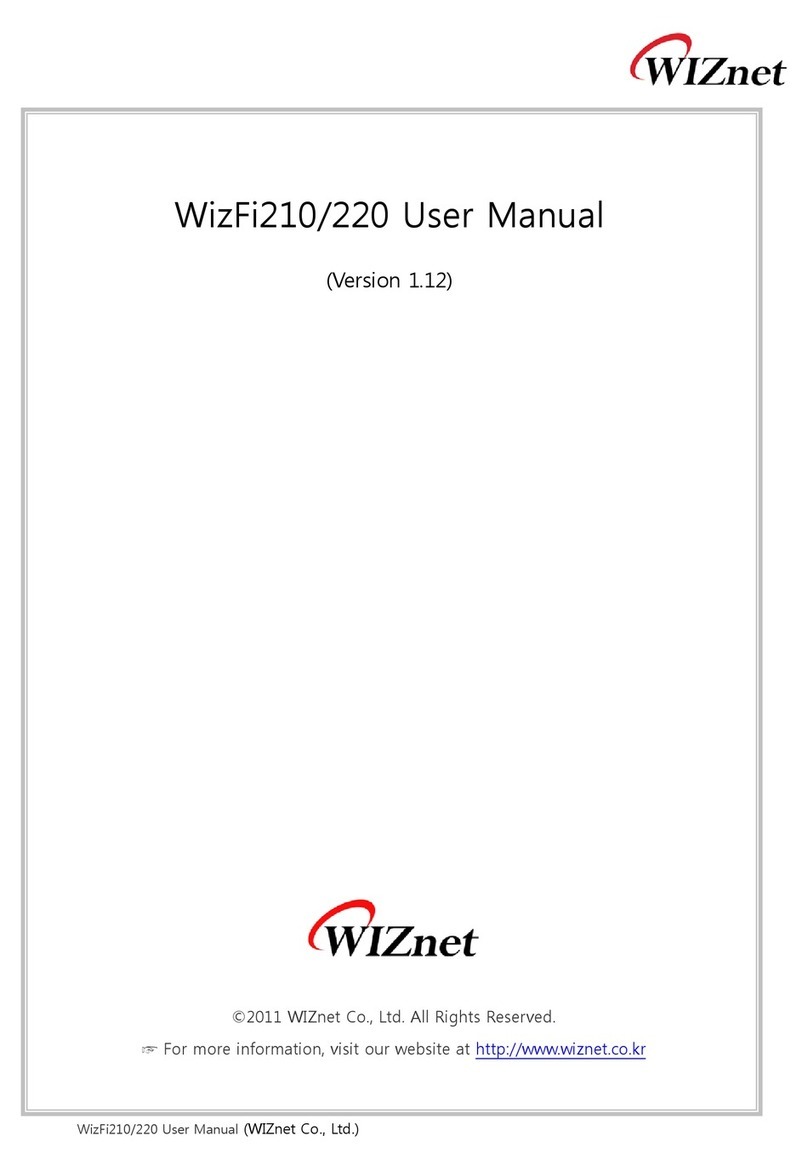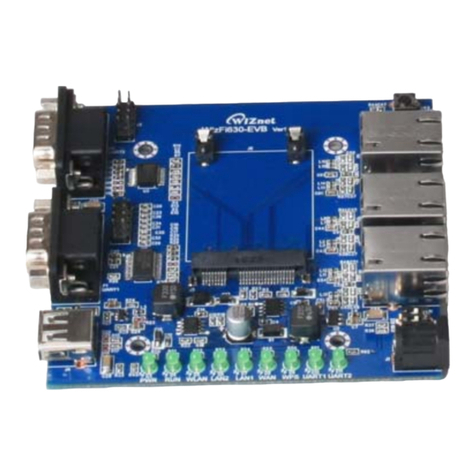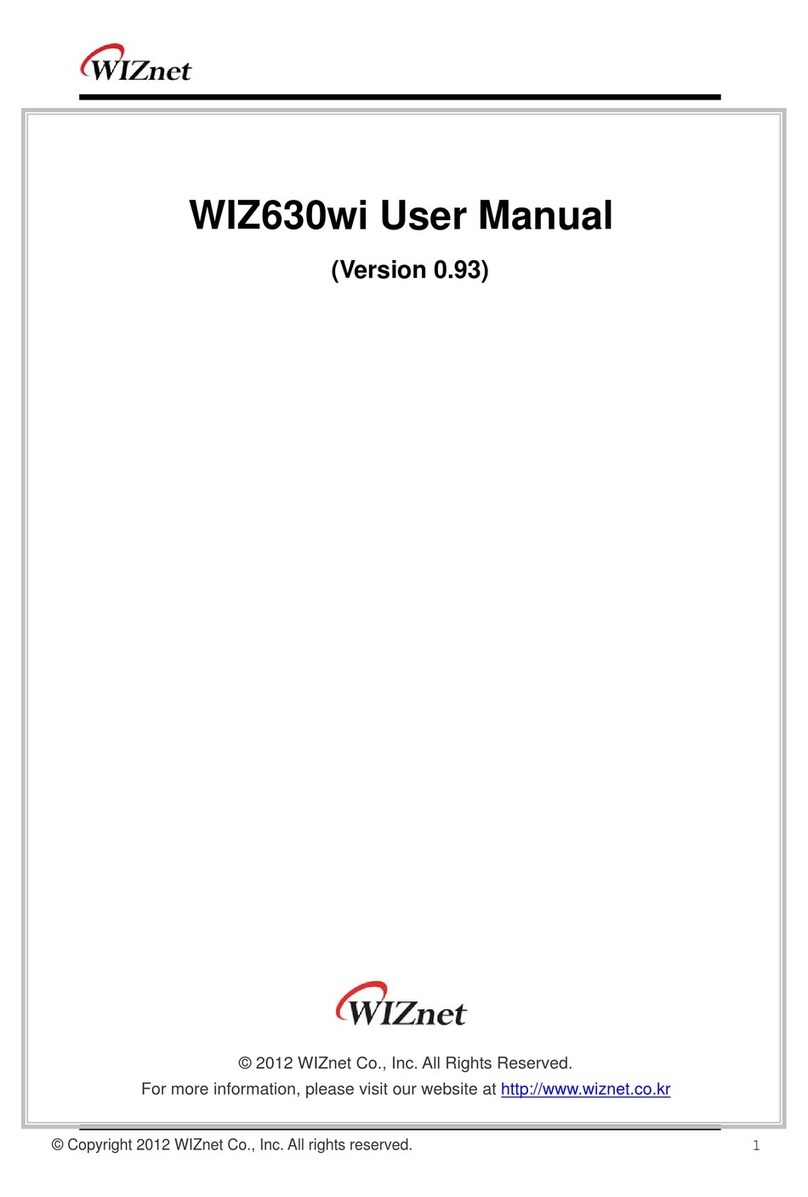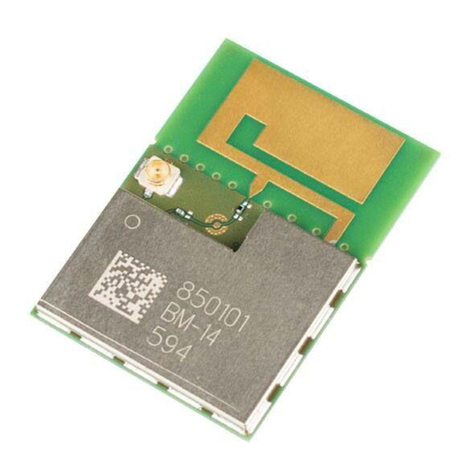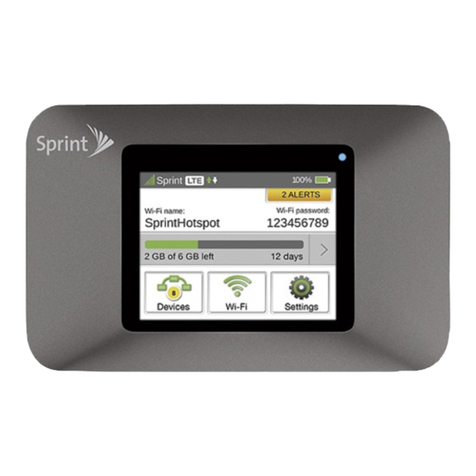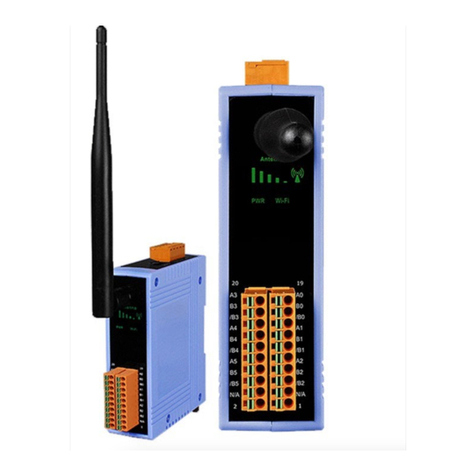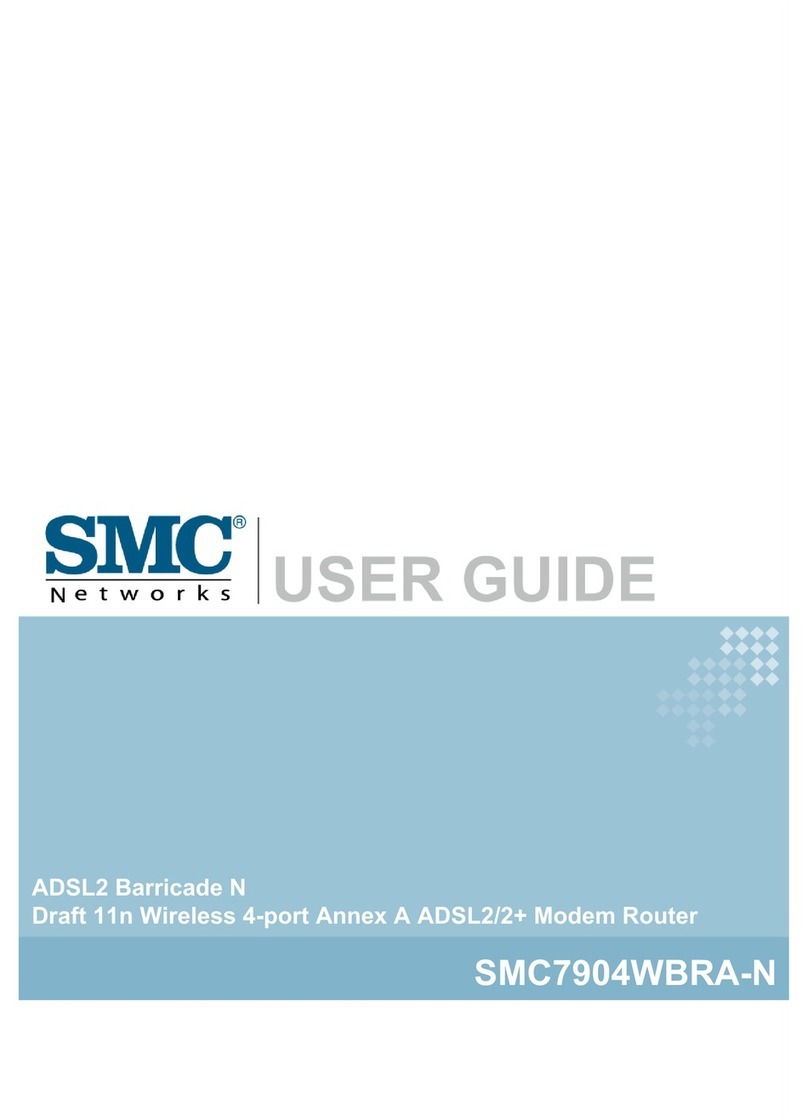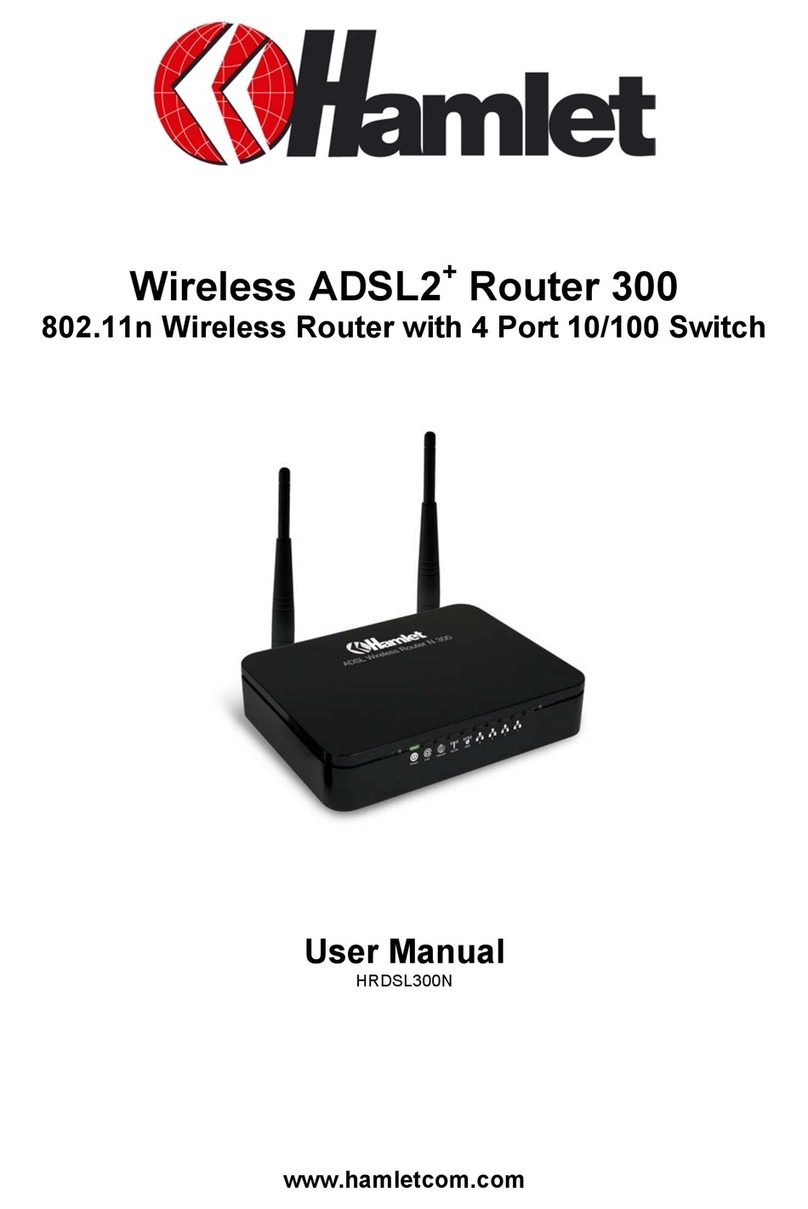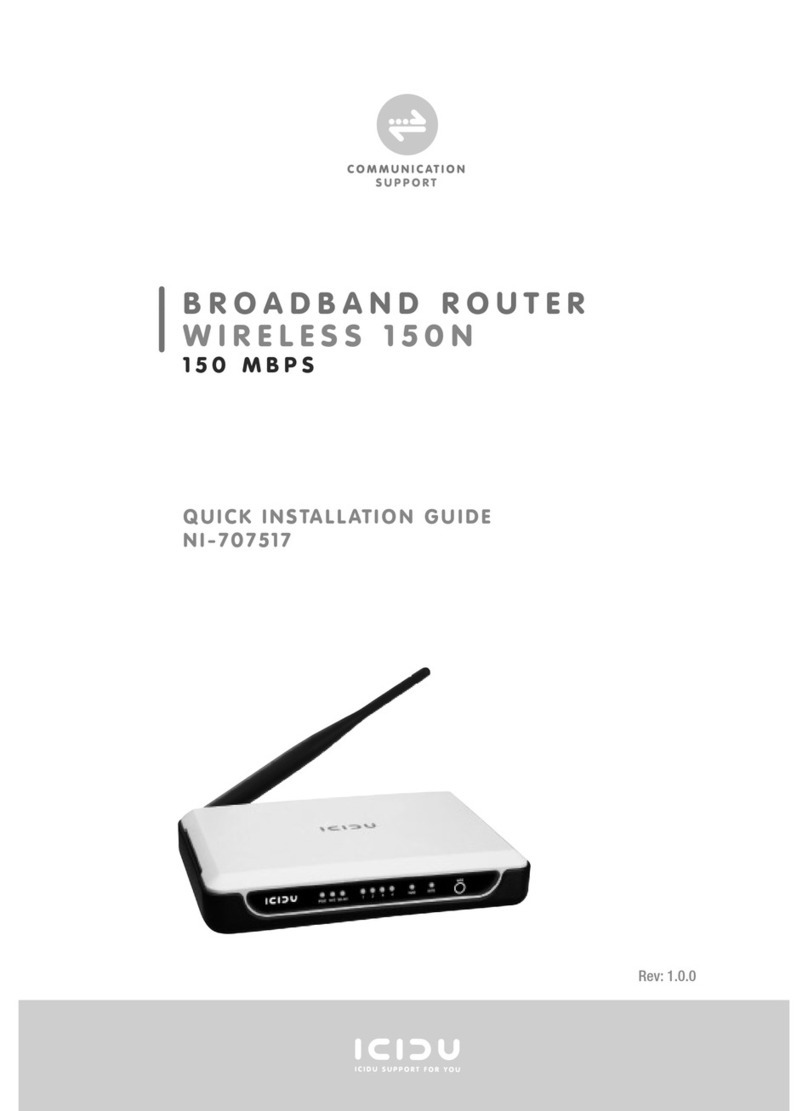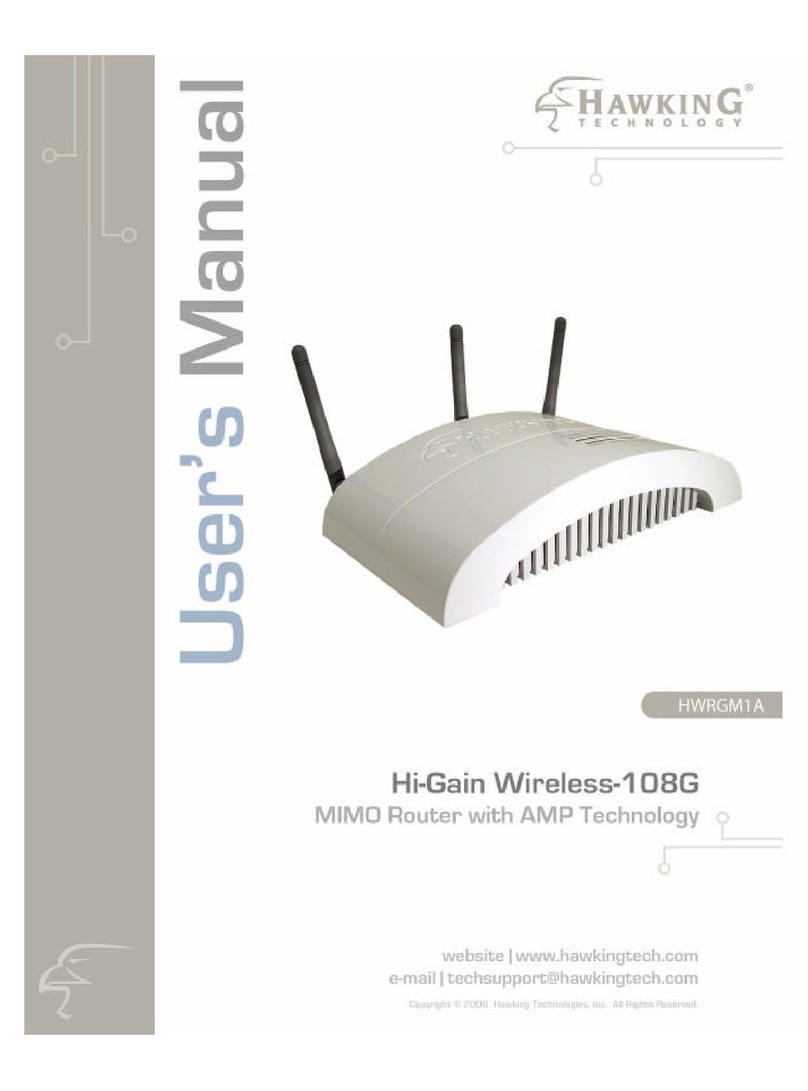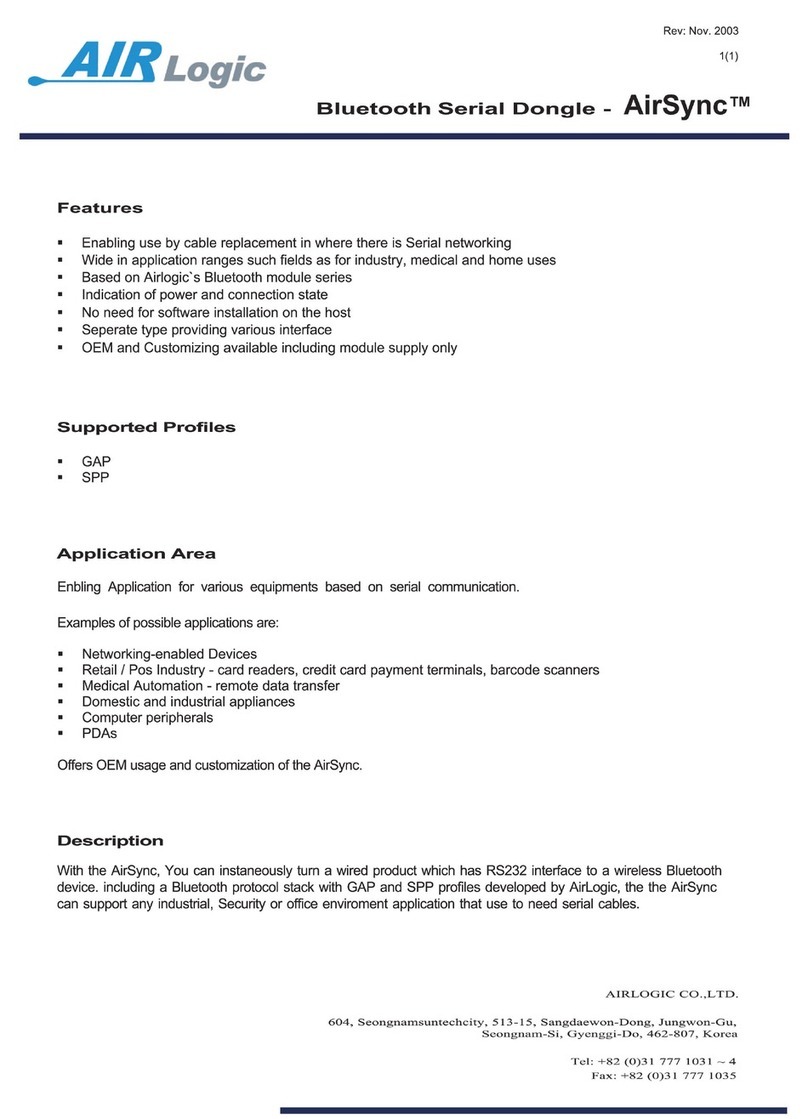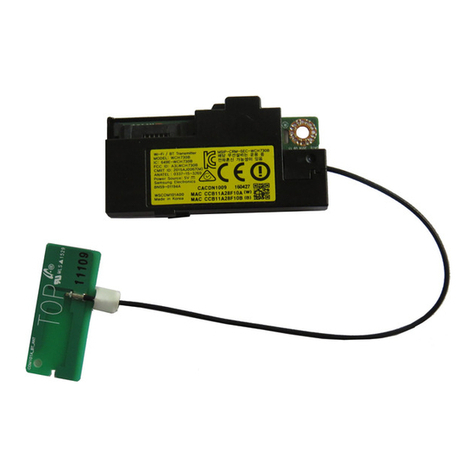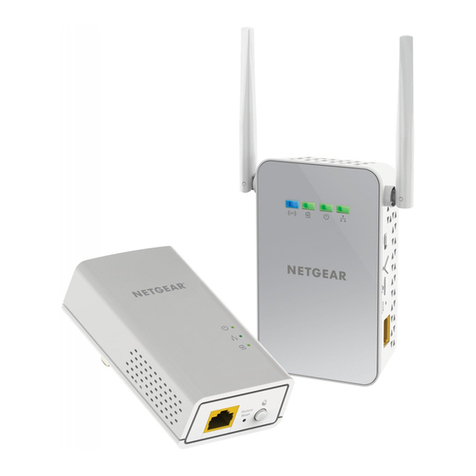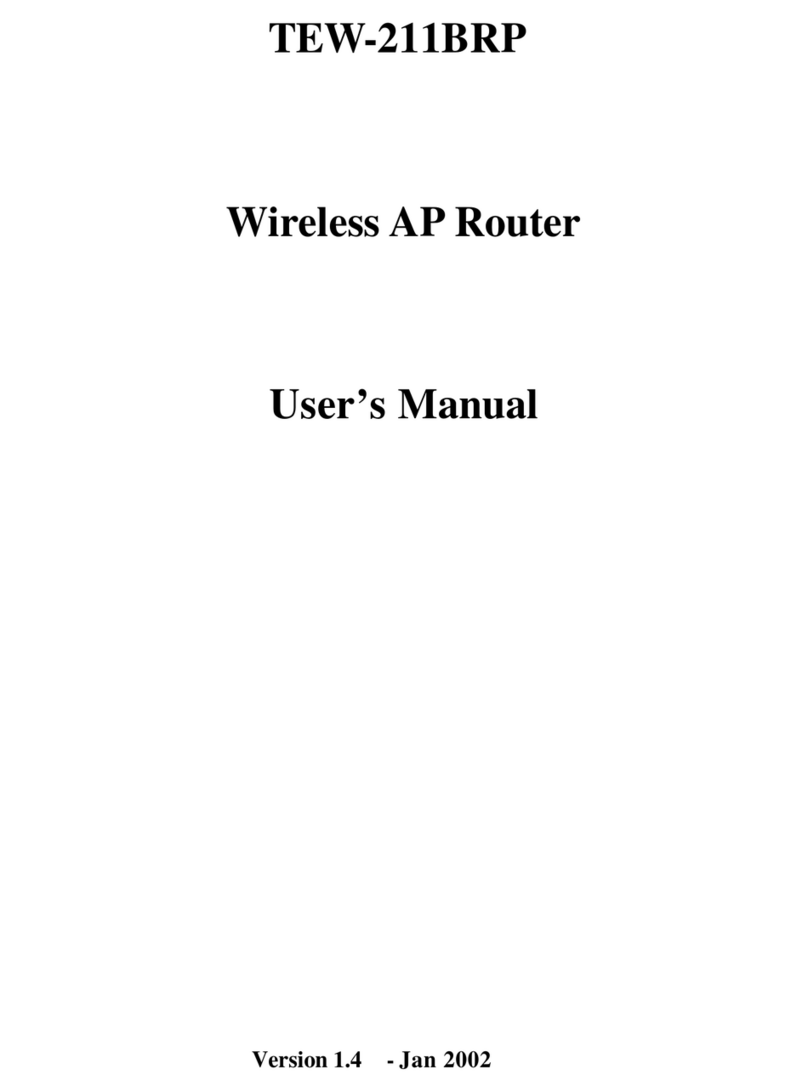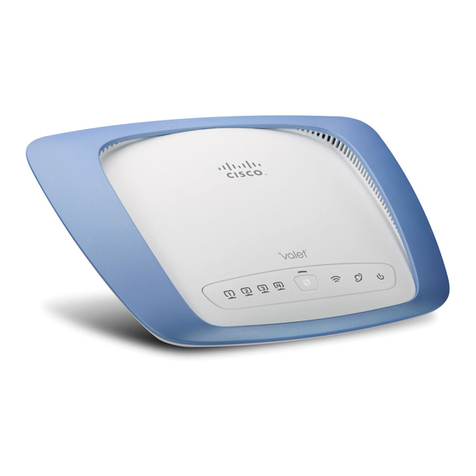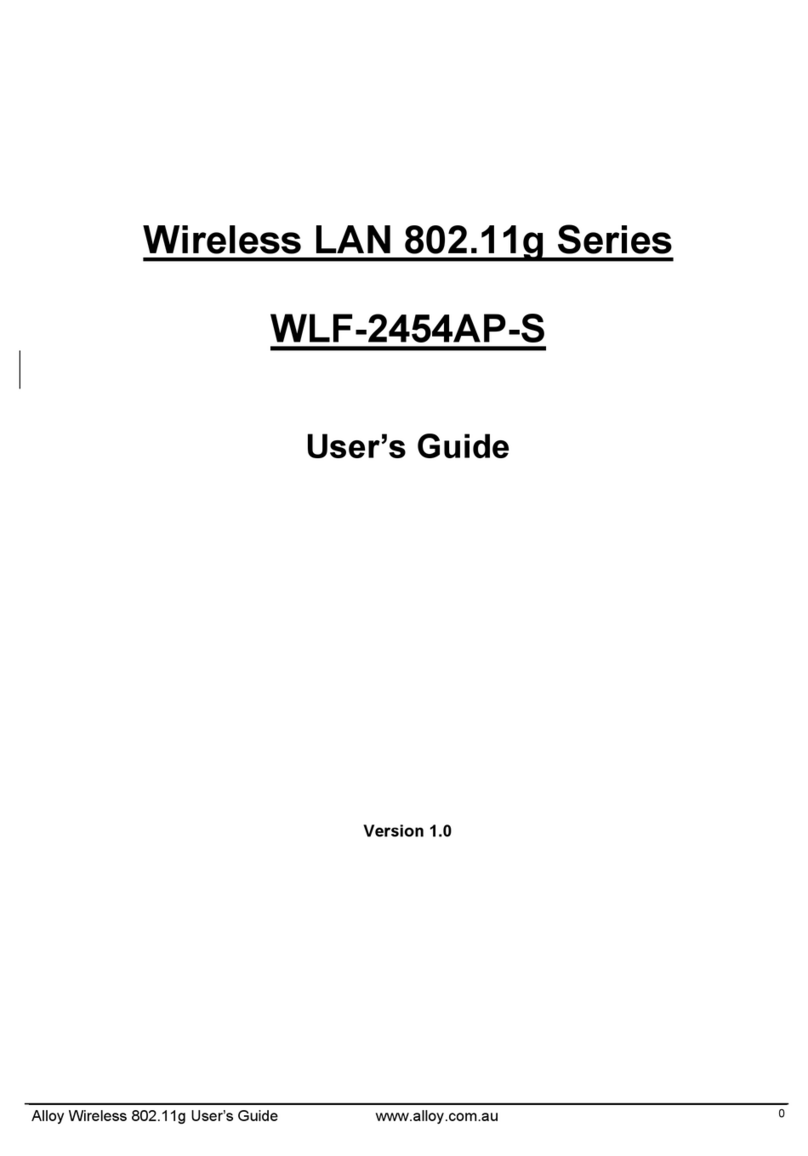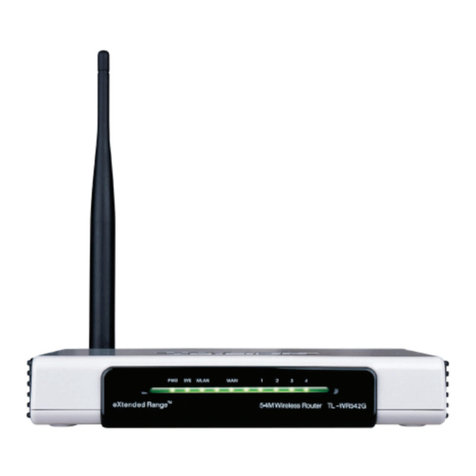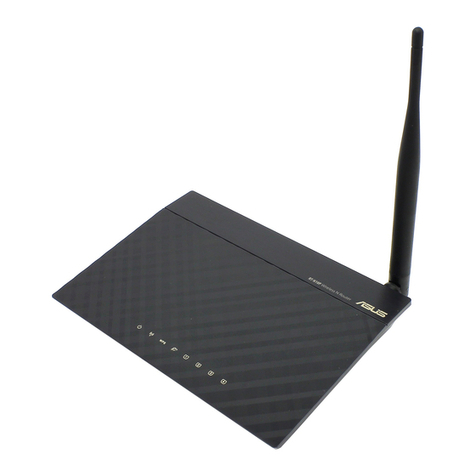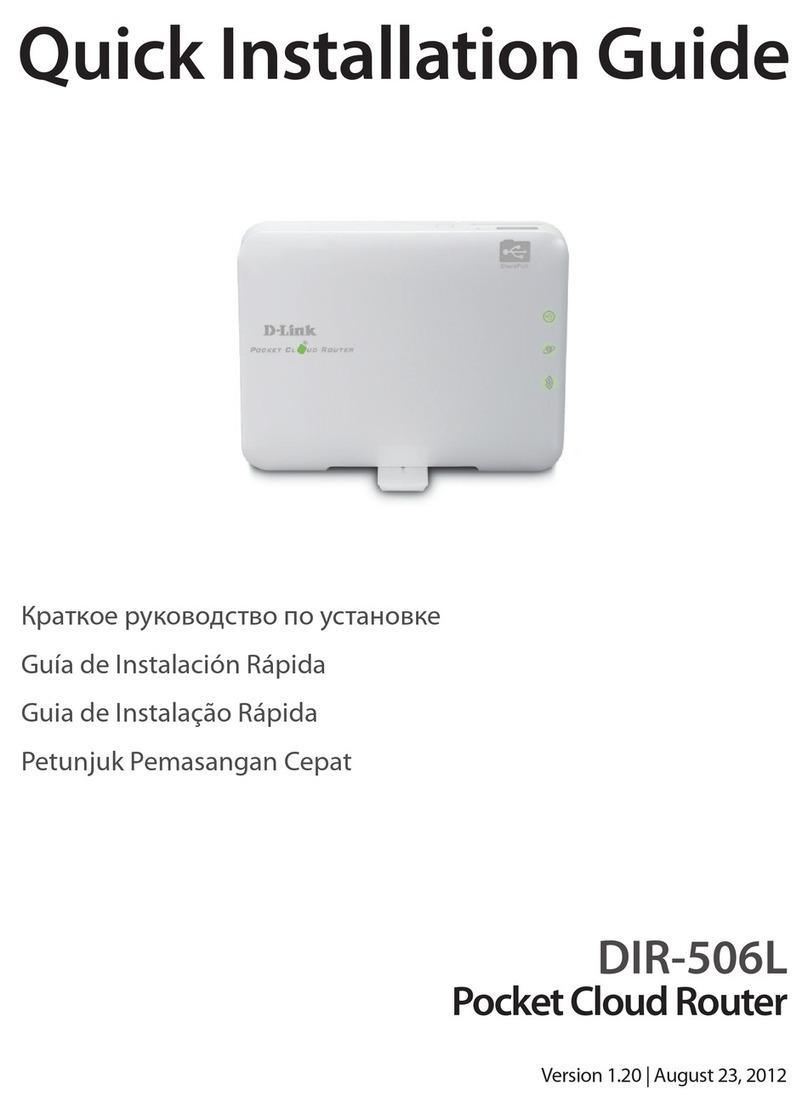
WizFi320 User Manual
© Copyright 2021 WIZnet Co., Ltd. All rights reserved. 7
2.2 Pin Description
WizFi320 has 38 pins. See pin definitions in Table 2.
Table 2: Pin Definitions
Name No. Type Function
EN 1 I Module-enable signal. Active high.
IO27 2 I/O GPIO27, ADC2_CH7, TOUCH7, RTC_GPIO17, EMAC_RX_DV
IO0 3 I/O PIO0, ADC2_CH1, TOUCH1, RTC_GPIO11, CLK_OUT1, EMAC_TX_CLK
IO25 4 I/O GPIO25, DAC_1, ADC2_CH8, RTC_GPIO6, EMAC_RXD0
IO26 5 I/O GPIO26, DAC_2, ADC2_CH9, RTC_GPIO7, EMAC_RXD1
IO5 6 I/O GPIO5, VSPICS0, HS1_DATA6, EMAC_RX_CLK
IO19 7 I/O GPIO35, ADC1_CH7, RTC_GPIO5
VCC 8 P Power supply
IO15 9 I/O GPIO15, ADC2_CH3, TOUCH3, MTDO, HSPICS0, RTC_GPIO13, HS2_CMD,
SD_CMD, EMAC_RXD3
IO12 10 I/O GPIO12, ADC2_CH5, TOUCH5, RTC_GPIO15, MTDI, HSPIQ, HS2_DATA2,
SD_DATA2, EMAC_TXD3
IO2 11 I/O GPIO2, ADC2_CH2, TOUCH2, RTC_GPIO12, HSPIWP, HS2_DATA0, SD_DATA0
IO4 12 I/O GPIO4, ADC2_CH0, TOUCH0, RTC_GPIO10, HSPIHD, HS2_DATA1, SD_DATA1,
EMAC_TX_ER
IO13 13 I/O GPIO13, ADC2_CH4, TOUCH4, RTC_GPIO14, MTCK, HSPID, HS2_DATA3,
SD_DATA3, EMAC_RX_ER
IO14 14 I/O GPIO14, ADC2_CH6, TOUCH6, RTC_GPIO16, MTMS, HSPICLK, HS2_CLK, SD_CLK,
EMAC_TXD2
GND 15 P Ground
IO22 16 I/O GPIO22, VSPIWP, U0RTS, EMAC_TXD1
TXD0 17 I/O GPIO17, HS1_DATA5, U2TXD, EMAC_CLK_OUT_180
RXD0 18 I/O GPIO16, HS1_DATA4, U2RXD, EMAC_CLK_OUT
IO18 19 I/O GPIO18, VSPICLK, HS1_DATA7
IO23 20 I/O GPIO23, VSPID, HS1_STROBE
RXD1 21 I/O GPIO1, U0TXD, CLK_OUT3, EMAC_RXD2
TXD1 22 I/O GPIO3, U0RXD, CLK_OUT2
